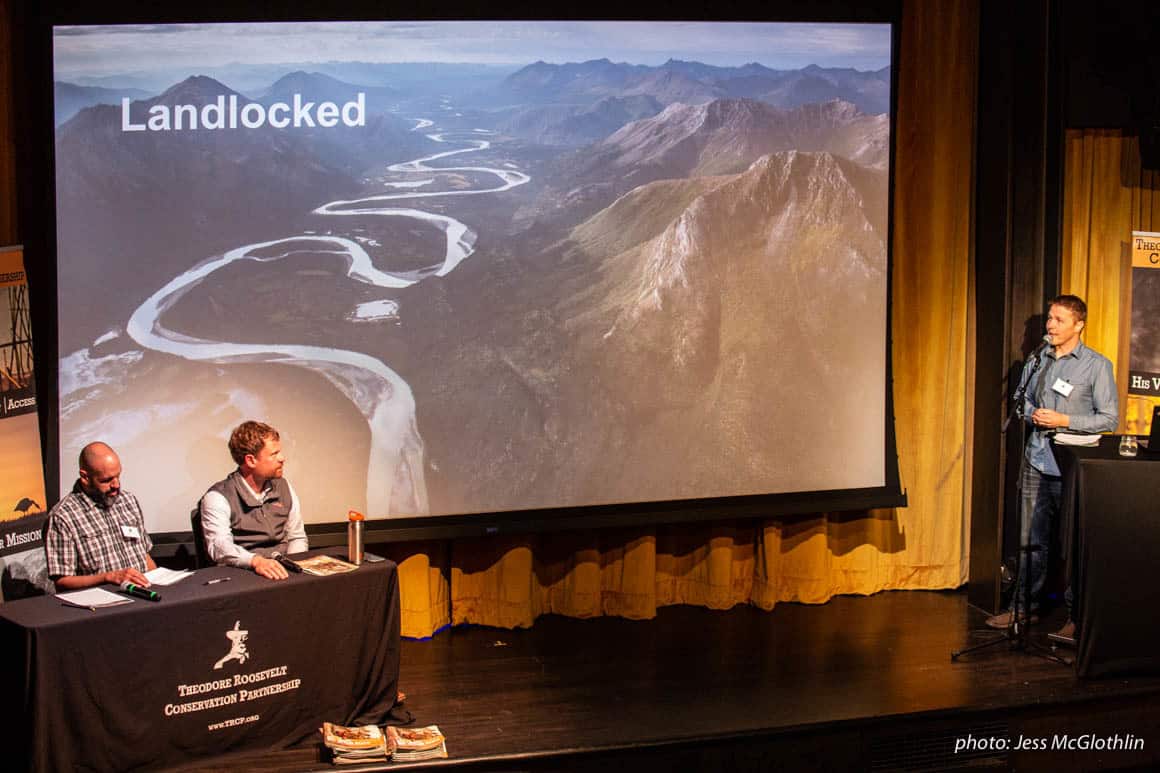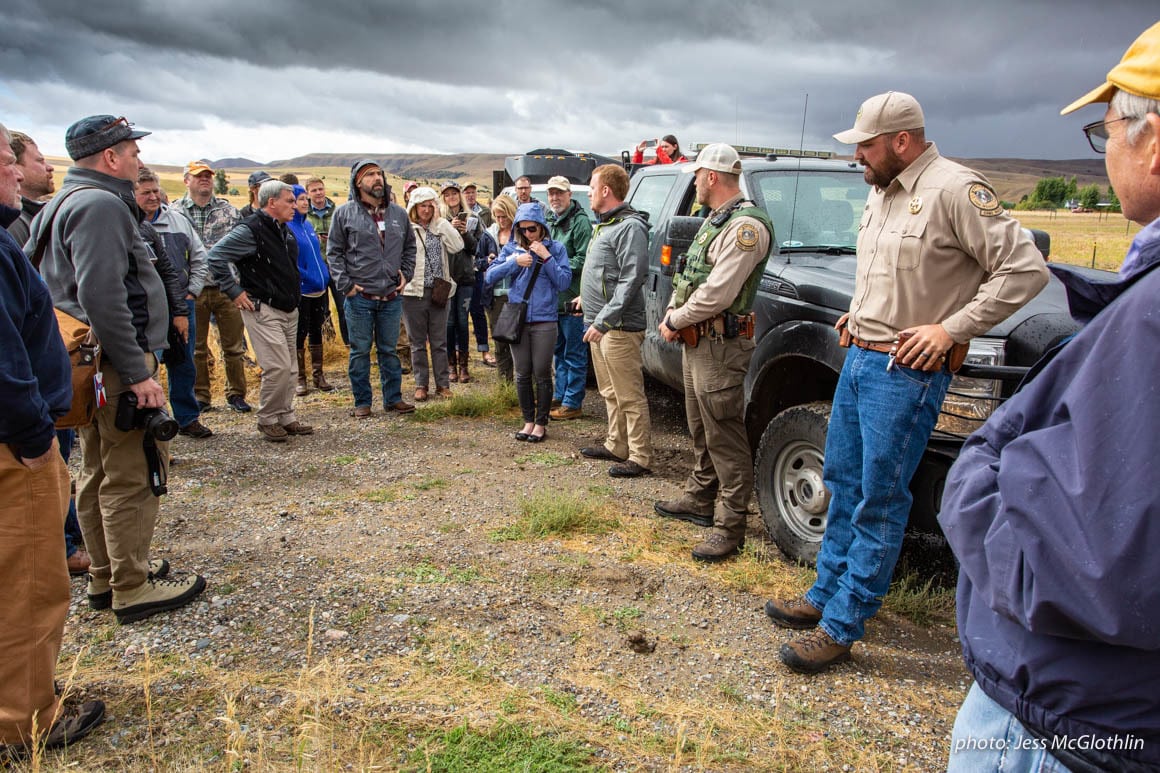Americans are locked out of 9.52 million acres of public lands—so we’ve partnered with TRCP to help increase access.
Earlier this week, more than 70 of the best outdoor media, conservation experts and industry leaders gathered in Bozeman, Montana, for the Theodore Roosevelt Conservation Partnership (TRCP) Western Media Summit. The group spent two days pouring over concerns that affect hunters, anglers and the outdoor community overall, including Chronic Wasting Disease, the Land and Water Conservation Fund (LWCF) and landlocked public lands.
Over the past several months, members of our team here at onX have worked closely with the team at TRCP to produce a Landlocked Public Lands Report, a 15-page document that was presented to members of the media and will be taken to Washington, D.C., for lobbying efforts.

In Washington, the report will be used to push for the reauthorization of LWCF and to expand law/policymakers’ understanding of how the issue of access has changed and how resources can be used more effectively to serve the GPS-equipped hunter/angler.
onX’s GIS team (geographic information system; the people who ensure the data on your app is as up-to-date and accurate as possible) has worked to pull together the numbers for the report, revealing a startling 9.52 million acres of public lands—from forests and prairies to riverbanks and foothills—across the Western U.S. that are inaccessible.
Although these lands, which offer some of our nation’s best hunting and fishing opportunities, are owned by the American people and managed by public agencies, they can be accessed only with the permission of neighboring private landowners.
In some cases, isolated parcels of public land are wholly enclosed or “landlocked” by private-land holdings, through which no legal public road or trail passes. In other instances, a checkerboard of land ownership results in public and private parcels meeting corner to corner, and, by most interpretations, state trespass law prevents “corner-crossing” from one piece of public land to another.
So how did onX work to quantify the true scope of the landlocked problem?
Using our refined data on public lands and roads, we conducted an analysis to determine the accessibility of every piece of federal public land in the West. This first-of-its-kind, multi-step process produced the total acreage of all landlocked lands administered by the Bureau of Land Management, U.S. Forest Service, U.S. Fish and Wildlife Service, Bureau of Reclamation, National Park Service and other federal agencies in 13 Western states.
For the purposes of this report, landlocked public lands are defined as federally managed lands that cannot be accessed directly from a public road (direct access) and cannot be accessed via adjoining public land by way of a public road (indirect access). Only permanent legal access was considered for this report, but existing access across some private lands may be given at the discretion of the landowner, and in many places permanent public access is assumed but not proven.

The 70+ journalists, industry partners and scientists at the TRCP Media Summit each received a copy of the report, driving active discussion throughout the duration of the summit and beyond. The team also visited a piece of public landlocked land near the popular Greycliff Fishing Access Site on the Madison River near Bozeman, viewing a large swath of public land that, due to a strip of private land along the road, is wholly inaccessible to the public.
Want to see the numbers for yourself? Download the full TRCP/onX Landlocked Public Lands Report.
The report notes, “Even though the Land and Water Conservation Fund is the single most powerful tool for opening landlocked public lands and connecting even more Americans to their best days afield, the program is set to expire on September 30, 2018. If this were to occur, conservation groups and public land management agencies would have limited ability to open and expand access to America’s public lands, despite the commitment of many public officials to do just that.”
So what can you do? Let your lawmakers know the future of public land access depends on the Land and Water Conservation Fund. To learn more and take action, go to https://www.trcp.org/unlocking-public-lands.
header image: Jess McGlothlin